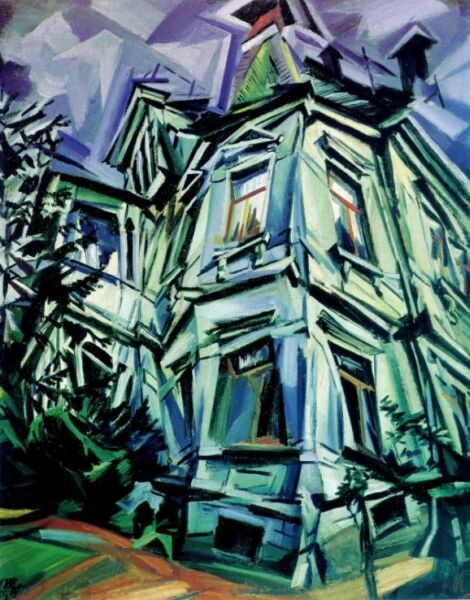
Artist on the Blacklist: Ludwig Meidner
In 1933, Nazi students at more than 30 German universities pillaged libraries in search of books they considered to be "un-German." Among the writings thrown onto to the flames were political texts, literature, and even art books by or about such noted figures as Ludwig Meidner.
Who was Ludwig Meidner?
Artist and poet Ludwig Meidner (1884-1966) was the foremost and most radical exponent of a second wave of Expressionism, a movement which championed the cause of the exploited and suppressed. Military service during World War I also made Meidner an avowed pacifist. He advanced socialist goals in his 1919 An alle Künstler, Dichter, Musiker (To all Artists, Poets, and Musicians). This work challenged the existing social order and urged artists to become socialists and protect the "greater good."
How was Ludwig Meidner's Work Targeted by the Nazis?
In 1933, Ludwig Meidner was placed on the list of banned writers and artists. Monographs about Meidner were burned during the Nazi book burnings of 1933. Also in danger because of his Jewishness, Meidner left Germany in 1939, and did not return until 1953.
In the 1940s, in response to the horrors of the Holocaust, Meidner created a cycle of drawings he called "Massacres in Poland" or "Suffering of the Jews in Poland".
Critical Thinking Questions
- If Jews were the principal target during the Holocaust, why were works of art by non-Jewish authors burned?
- How did the German public react? What was reaction like outside of Germany?
- Why do oppressive regimes promote or support censorship and book burning? Why might this be a warning sign for mass atrocity?

